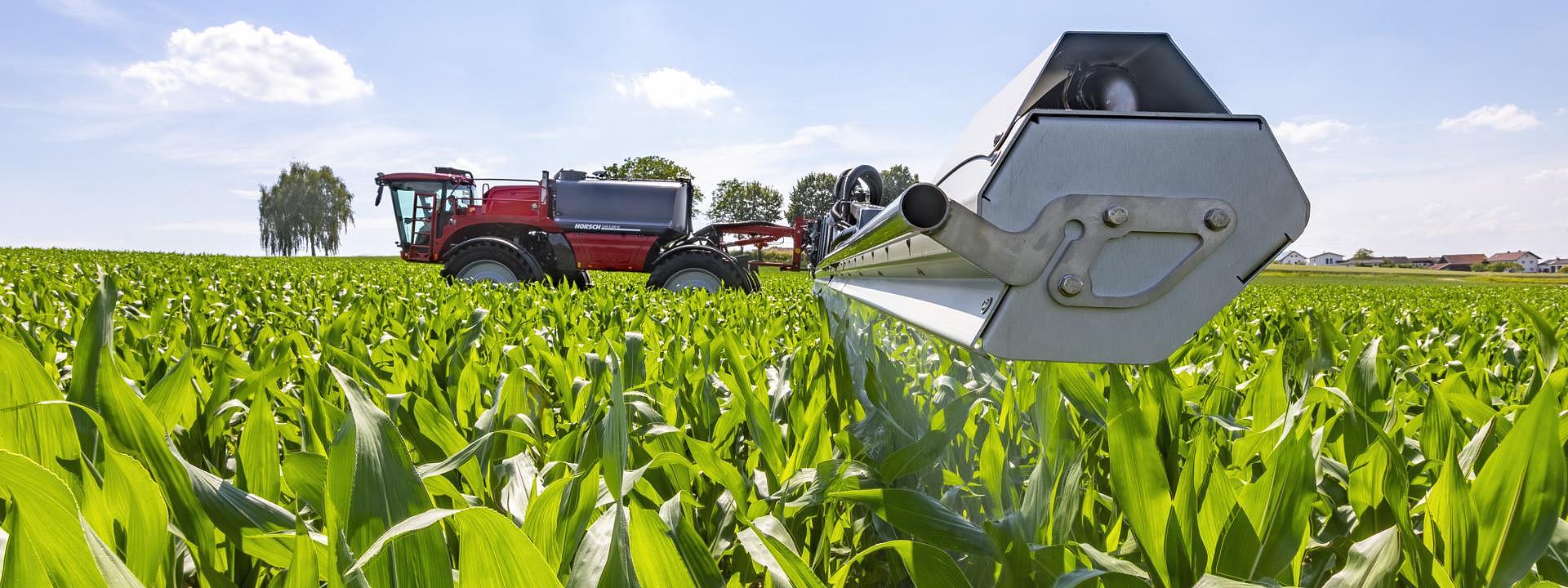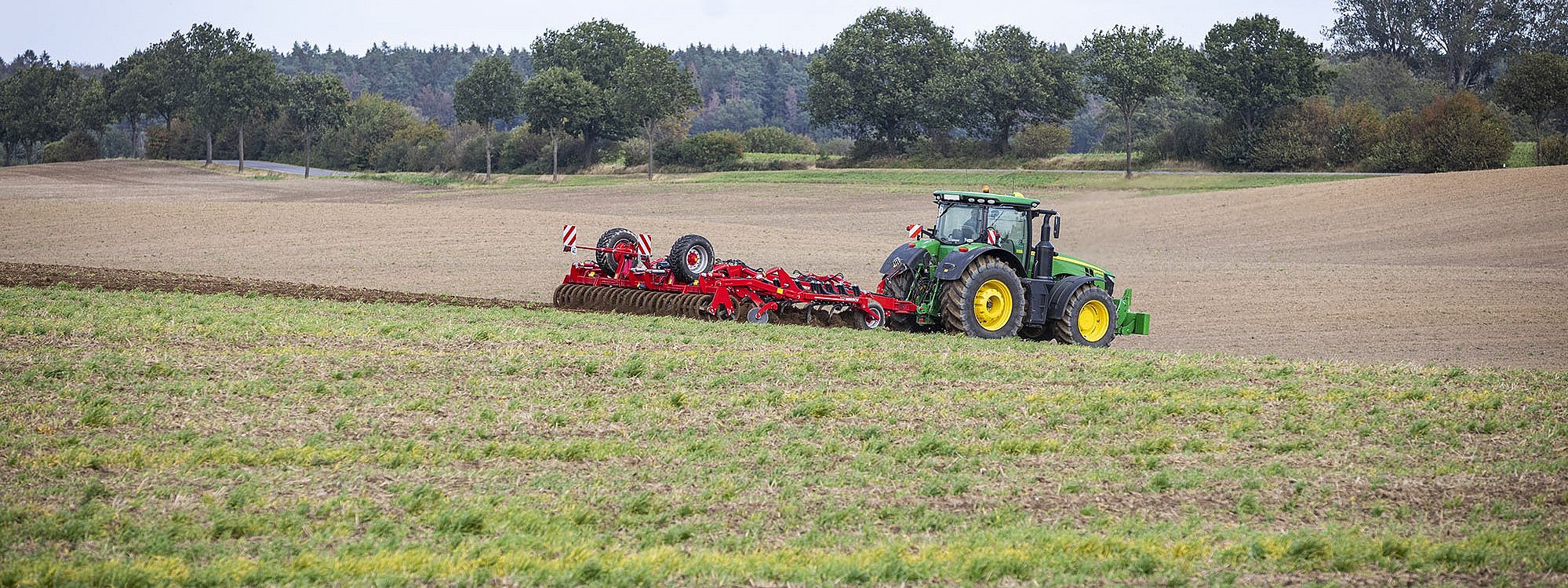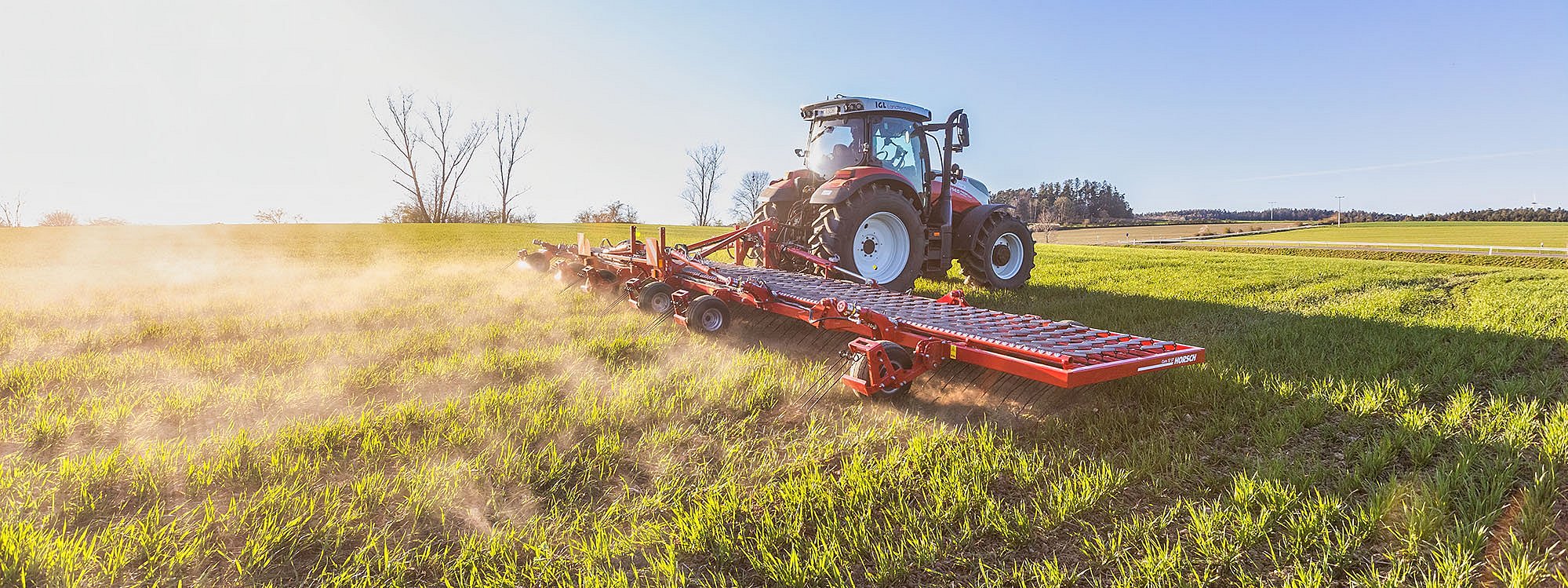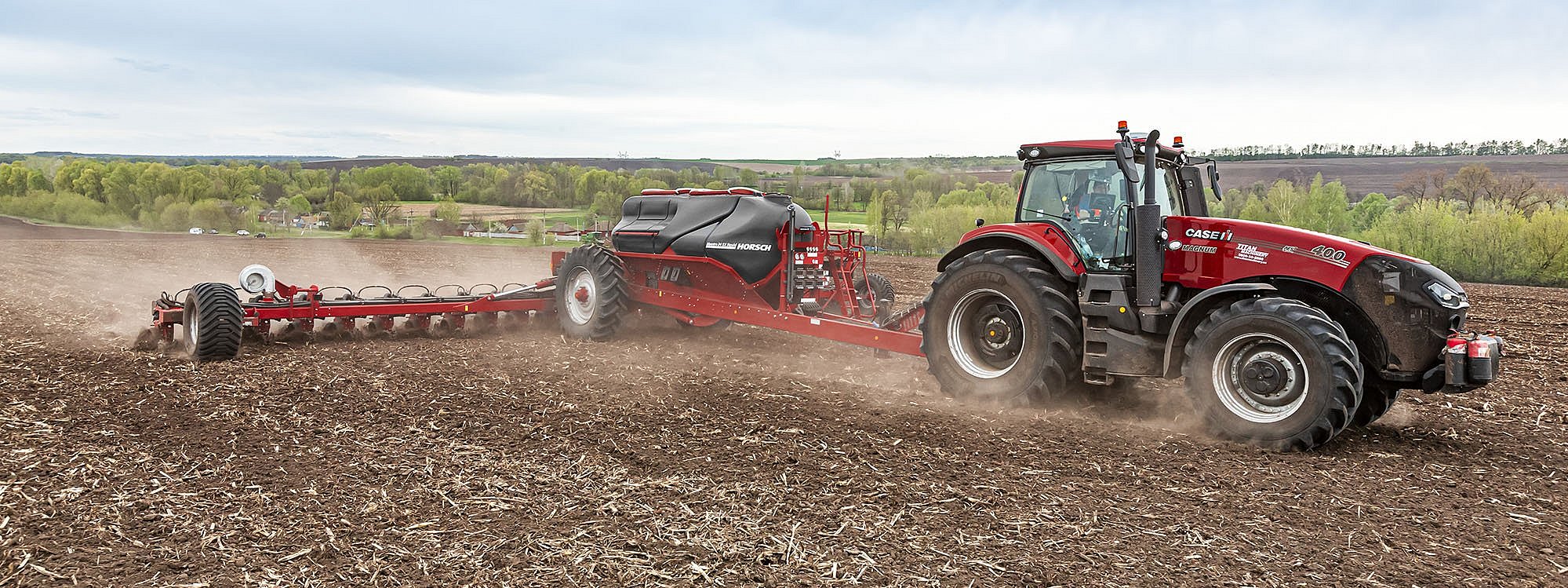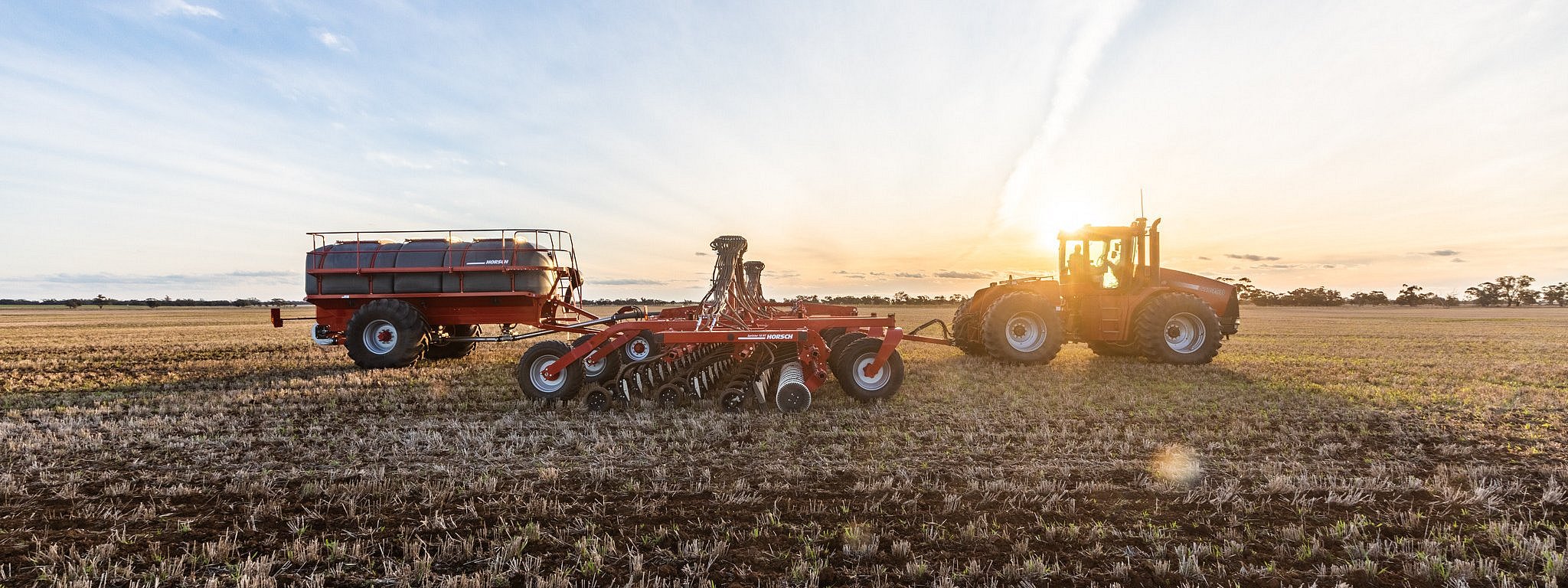Singulation of cereals – nothing new but more relevant than ever before with regard to resource efficiency
For more than 10 years, HORSCH has been focusing intensively on the singulation of cereals. It is nothing new, but the longtime experiences with this system show the potentials and also the limits. With regard to the changing conditions, do the potentials now outweigh the limits? And what are the benefits?
What first comes to mind is the optimum distribution in the standing area and the objective that every grain is placed in the row with the same distance. But there is more to it than that. The coulter of the single grain technology involves another advantage which has a very positive effect on emergence especially in dry seeding conditions. The keywords are: precise placement of the seed and perfect embedding of every single grain. Thus, the same conditions are created for the individual plant right from the start and this is the basis for an efficient use of resources.
First of all, let’s talk about the advantage with regard to the distribution in the standing area:
Which influence does the optimum longitudinal distribution have for example on wheat? In this respect, it is not so much about the grain-to-grain spacing being exactly the same. But what singulation achieves is the prevention of double spots and large gaps.
A grain spacing of more than 2 cm is considered to be positive. For several grains in a spot are direct competitors and fight for root space, water, light and nutrients. The potential of the individual plants is not used. The result is insufficient tillering, weak roots and thin stalks and the spikes cannot develop optimally. Especially in dry periods which increased in the past and with regard to higher demands on nutrient and water efficiency, it should be possible that the available water and nutrients are absorbed efficiently by the roots what, in turn, requires an optimum and undisturbed root development.
However, too much distance between the grains in the row can also affect the optimum growth of the plant. In this case, there is a “lack” of competition between the plants and they tend to tiller excessively.
Advantage of precision sowing:
With single grain seeding, however, each grain has enough, but not too much space to develop optimally. The objective is: 3 strong shoots instead of several spikes that are too weak or a few individual spikes that are excessively strong.
This is also shown by our tests: populations with singulation and good seed embedding are more uniform with regard to the number of spikes per plant. On average, these populations achieved higher individual spike yields, and it also seems to be the lever for yield stability.
Advantage with regard to seed placement and embedding
The issue of uniformity also plays a decisive role with regard to the placement precision: to create a population that can handle resources efficiently, the yield potential has to be used skilfully. The basis is an even emergence that provides optimum prerequisites for an uncompromising population management.
With regard to seeding, this means that in addition to the distribution in the standing area the focus also has to be on a precise depth placement and embedding of the seed. The single grain coulters provide the required potential.
Optimum depth placement of the grain:
“We can maintain depth much better and more constantly if we have two guide wheels running directly at the seed disc and not behind the row“, Philipp Horsch explains. The seed units from the Maestro single grain technology sectors we also use in the new system of the HORSCH Solus for the singulation of wheat meet this requirement.
To achieve an even and precise depth control, you have to find a solution for heterogeneous soils. For this purpose, HORSCH offers the automatic coulter pressure regulation system AutoForce which adapts the coulter pressure to changing soil conditions.
To not affect the even depth control and to make full use of the potentials of single grain seeding, straw and harvest residues have to be removed from the seed furrow. For this is the only way to place the seed exactly at the same depth and with sufficient water access.
Optimum embedding in the germination horizon:
The regulated contact pressure of the single grain row with its lateral depth control wheels ensures a good consolidation along the seed disc to below the seed horizon. Capillary water rises into the consolidated area and ensures the safe contact between the seed and the required germination water. For an optimum embedding of the seed and a sufficient seed-soil contact, the grain then is embedded in the consolidated soil by a catching roller and finally evenly covered with fine soil by the closing wheels.
So nothing should stand in the way of a good emergence.
This blog article only gives a first, little insight into this exciting topic that will continue to accompany us in the future.

